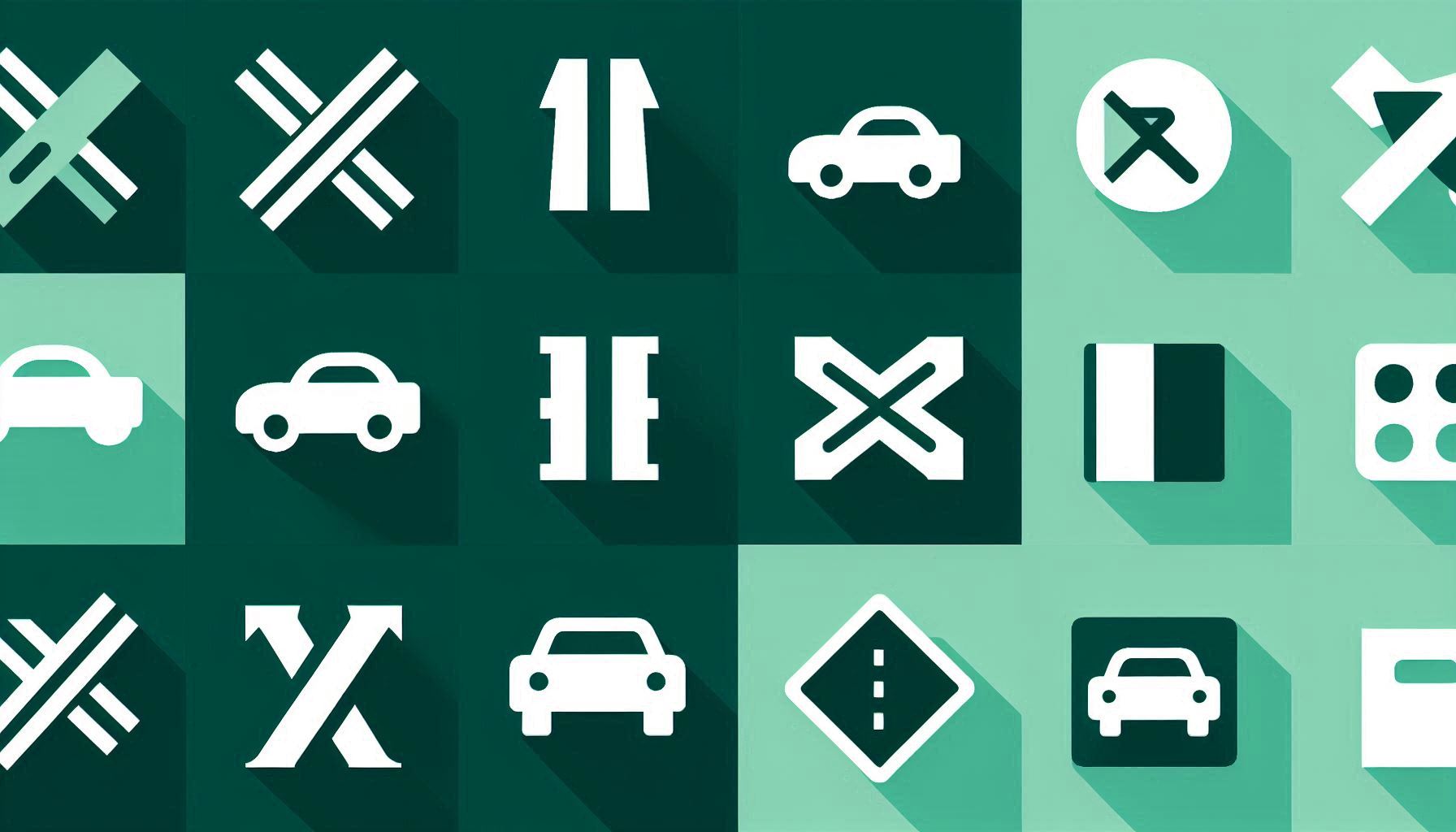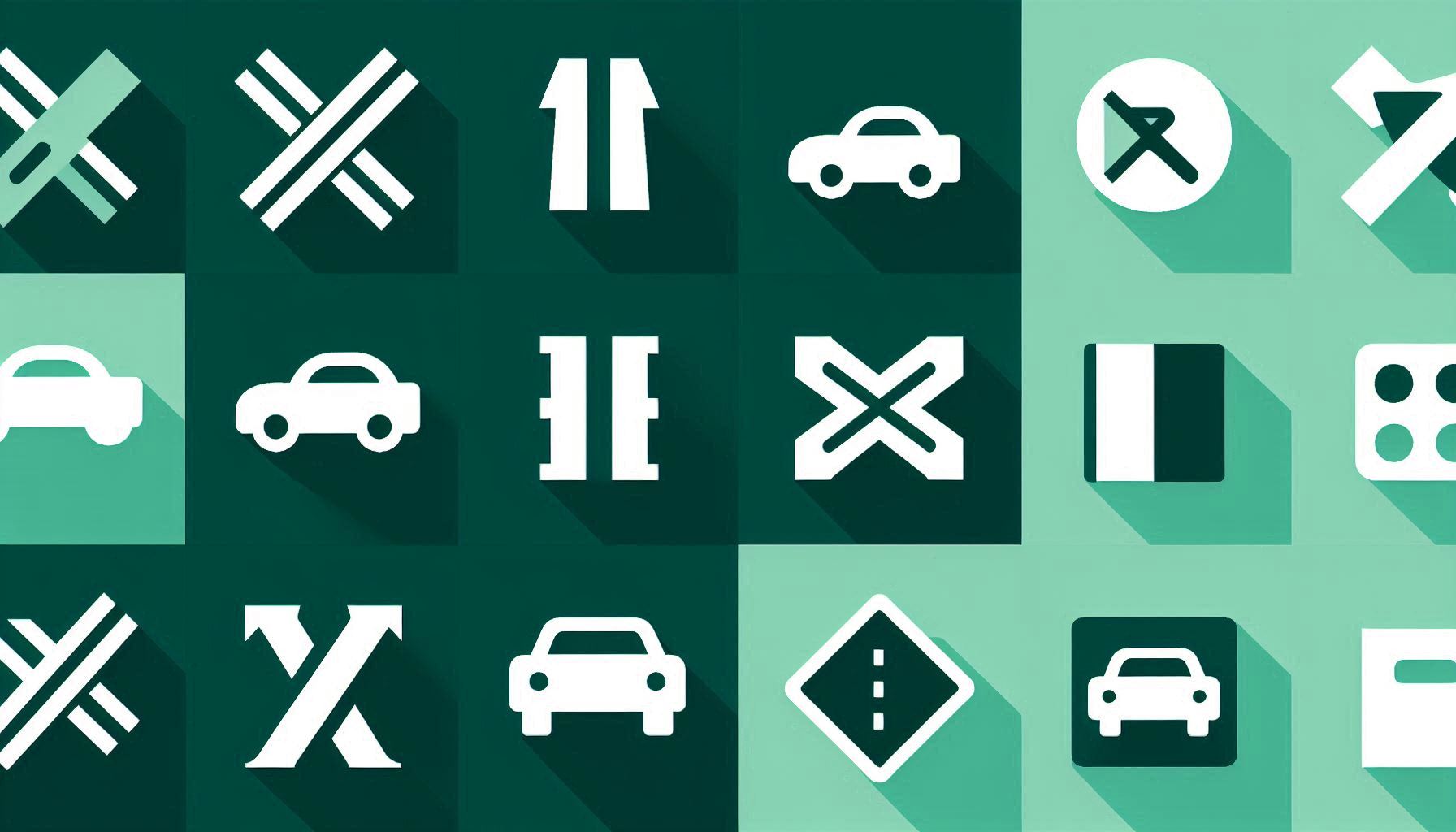Hazard Detection Prediction Model for Rural Roads Based on Hazard and Environment Properties

Downloads
A driver’s reaction time encountering hazards on roads involves different sections, and each section must occur at the right time to prevent a crash. An appropriate reaction starts with hazard detection. A hazard can be detected on time if it is completely visible to the driver. It is assumed in this paper that hazard properties such as size and color, the contrast between the environment and a hazard, whether the hazard is moving or fixed, and the presence of a warning are effective in improving driver hazard detection. A driving simulator and different scenarios on a two-lane rural road are used for assessing novice and experienced drivers’ hazard detection, and a Sugeno fuzzy model is used to analyze the data. The results show that the hazard detection ability of novice and experienced drivers decreases by 35% and 64%, respectively, during nighttime compared to daytime. Also, moving hazards increase hazard detection ability by 9% and 180% for experienced and novice drivers, respectively, compared to fixed hazards. Moreover, increasing size, contrast, and color difference affect hazard detection under nonlinear functions. The results could be helpful in safety improvement solution prioritization and in preventing vehicle-pedestrian, vehicle-animal, and vehicle-object crashes, especially for novice drivers.
Downloads
Singh, Santokh. Critical reasons for crashes investigated in the national motor vehicle crash causation survey. 2015; No. DOT HS 812 115.
Accidents death and injuries statistics of Iran, Draft report, Iranian Legal Medicine Organization, 2016
Egea-Caparrós, D.A., García-Sevilla, J., Pedraja, M.J., Romero-Medina, A., Marco-Cramer, M. and Pineda-Egea, L., 2016. Late detection of hazards in traffic: A matter of response bias?. Accident Analysis & Prevention, 94, pp.188-197.
McKenna, F. and Crick, J. Experience and expertise in hazard perception. In Behavioral research in road safety. Proceeding of a seminar held at Nottingham University; 26-27 September 1990 ; No. PA 2038/91
Horswill, M.S. and McKenna, F.P. Drivers’ hazard perception ability: Situation awareness on the road. A cognitive approach to situation awareness: Theory and application, 2004; pp.155-175.
Borowsky، A.،& Oron-Gilad، T. Exploring the effects of driving experience on hazard awareness and risk perception via real-time hazard identification، hazard classification، and rating tasks. Accident Analysis & Prevention. 2013; 59: 548-565.
Borowsky, A., Oron-Gilad, T., Meir, A. and Parmet, Y. Drivers’ perception of vulnerable road users: A hazard perception approach. Accident Analysis & Prevention. 2012; 44(1):.160-166.
Sagberg, F. and Bjørnskau, T. Hazard perception and driving experience among novice drivers. Accident Analysis & Prevention. 2006; 38(2): 407-414.
Danno, M. and Taniguchi, S. The analysis of drivers’ hazard detecting ability using Empathizing–Systemizing model. Transportation research part F: traffic psychology and behavior. 2015; 33:106-116.
Wogalter, M. S., Frederick, 0. L., Herrera, A. B., & Magurno, A. Connoted hazard of Spanish and English warning signal words, colors, and symbols by native Spanish lanugagc users. Proceedings ofthe 13” Ttienninl Congress of the International Ergonomics Association, JEA. 1997; 97(3): 353-35.
Wogalter, M. S., Kalsher, M. J., Frederick, L. J., Magurno, A. B., & Brewster, B. M. Hazard level perceptions of warning. International Journal of Cognitive Ergonomics. 1998; , 2(1-2): 123-143.
Smith-Jackson, T.L. and Wogalter, M.S. Users' hazard perceptions of warning components: An examination of colors and symbols. In Proceedings of the Human Factors and Ergonomics Society Annual Meeting , SAGE Publications. 2000 July; 44( 32): 6-55.
Krauss، D. A.، Todd، J. J.،& Heckman، G. M. The" Critical Window،" Looming and Implications for Accident Avoidance. ITE Journal. 2012; 82(7): 36-41.
Levulis, S.J., DeLucia, P.R. and Jupe, J. Effects of oncoming vehicle size on overtaking judgments. Accident Analysis & Prevention. 2015; 82:163-170.
Mace, D.J., Garvey, P.M. and Heckard, R.F. Relative visibility of increased legend size vs. brighter materials for traffic signs. Final report.1994; (No. FHWA-RD-94-035).
Shahar, A., Alberti, C.F., Clarke, D. and Crundall, D. Hazard perception as a function of target location and the field of view. Accident Analysis & Prevention. 2010; 42(6): 1577-1584.
D'Addario, P. Perception-Response Time to Emergency Roadway Hazards and the Effect of Cognitive Distraction (Doctoral dissertation); 2014.
Krauss، D. A.، Todd، J. J.،& Heckman، G. M. The" Critical Window،" Looming and Implications for Accident Avoidance. ITE Journal. 2012; 82(7): 36-41.
Crundall, D., Chapman, P., Trawley, S., Collins, L., Van Loon, E., Andrews, B. and Underwood, G. Some hazards are more attractive than others: Drivers of varying experience respond differently to different types of hazard. Accident Analysis & Prevention. 2012; 45 :600-609.
National Research Council (US). Transportation Research Board. Task Force on Development of the Highway Safety Manual and Transportation Officials. Joint Task Force on the Highway Safety Manual. Highway safety manual (Vol. 1). AASHTO; 2010.




















